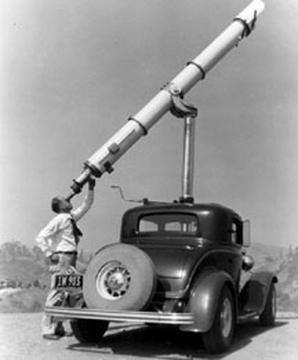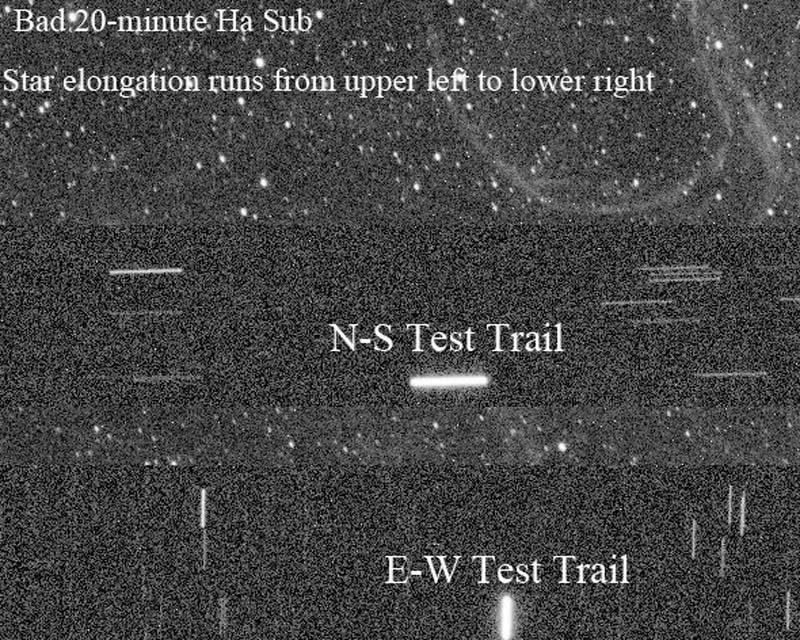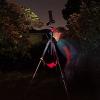Again thanks for the replies.
1/ I am on the road and sort of unprepared to answer some specific questions . . . like what PS I use. It will be a week or so before I get home and have the gear available.
I have only camera lenses. I can't rule out movement of some internal elements but focus seems to hold true. Also, if this were so, a sub or two would be ruined and then the offending element should settle in and subs would be good again. Doesn't seem the case. All subs very near the meridian are poor. They become poor and they stay poor until I shift away from the meridian.
2/ Unfortunately, off axis guiding seems just not possible with EOS lenses period.
3/ I am reluctant to pull the mount entirely apart as Hilmi suggests. I have inspected the worm-gear spacing on the RA
axis and all seems well there . . . but my examination was very inexpert.
4/ I have nobody with whom I could swap gear to rule out the mount. So far I have ascertained the problem is definitely occurring with both the EF180mm f/3.5L and EF135mm f/2.0L EOS lenses. I have used other EOS lenses but have not specifically looked for this problem at the meridian yet. I will do so after the current imaging project with the EF135mm f2.0L is complete. They are of longer FL and the problem, if it occurs with them too, will be proportionately worse.
The problem I am encountering seems similar to what Steve Cannistra reported
on this web page, i.e., inconsistent tracking
near the meridian with his G11. His "fix" was a Temma 2.
I'm hoping for a . . . er . . . less drastic solution.






























